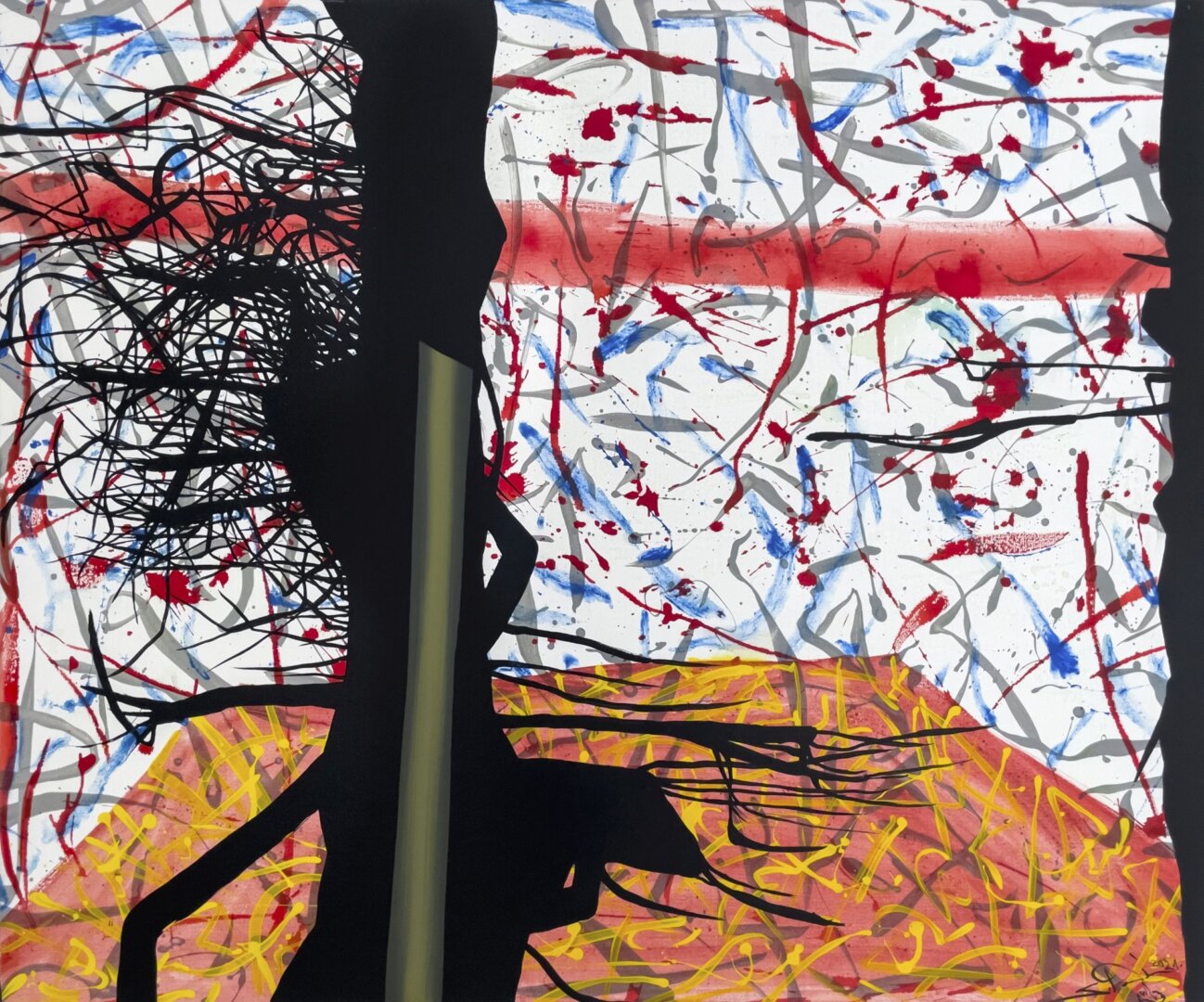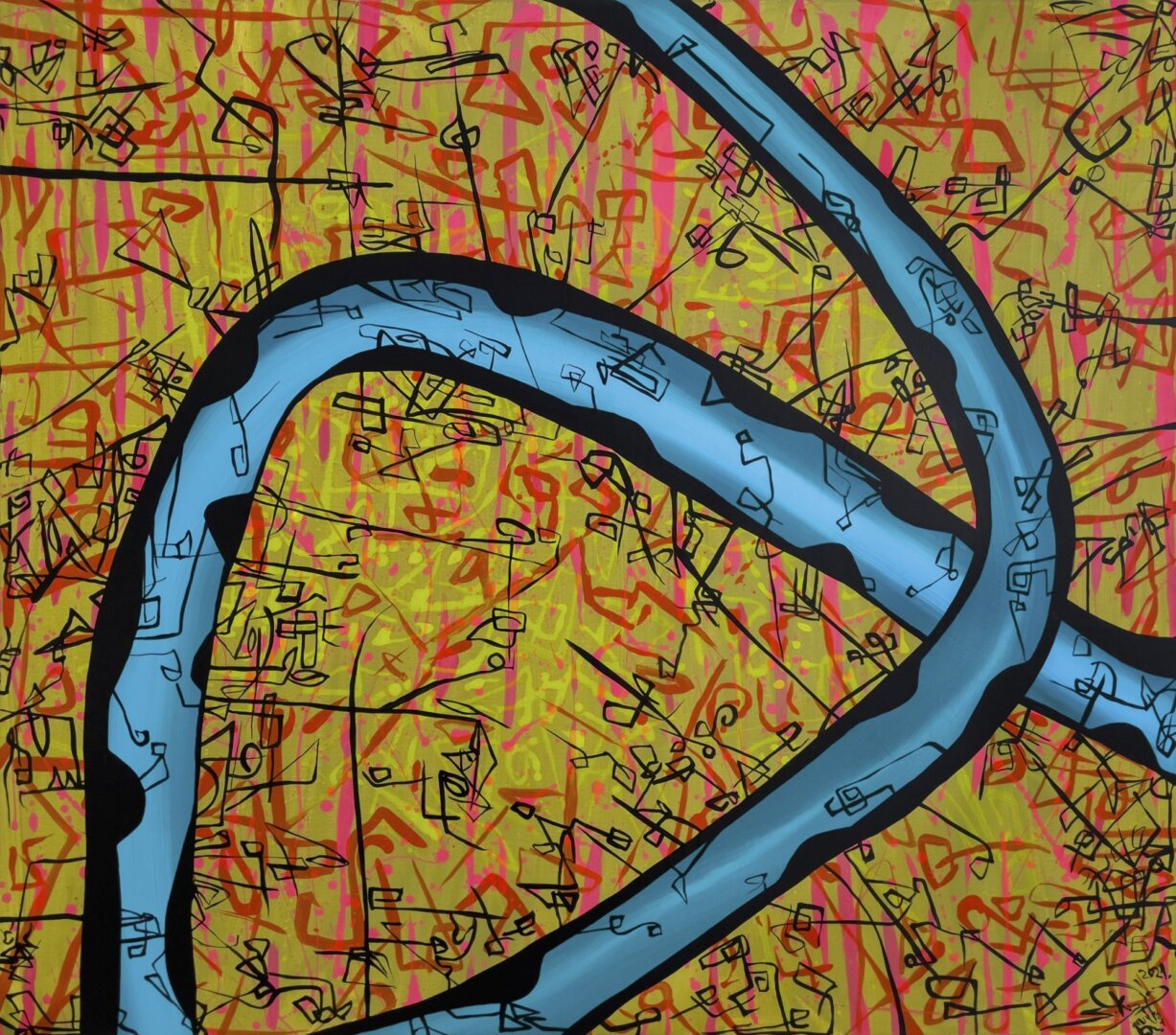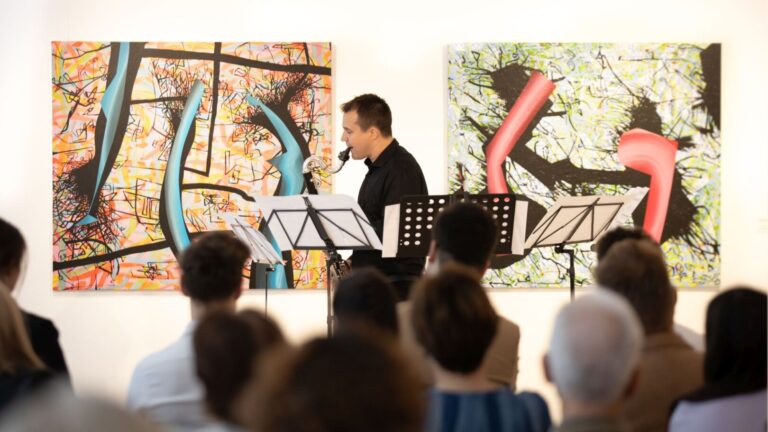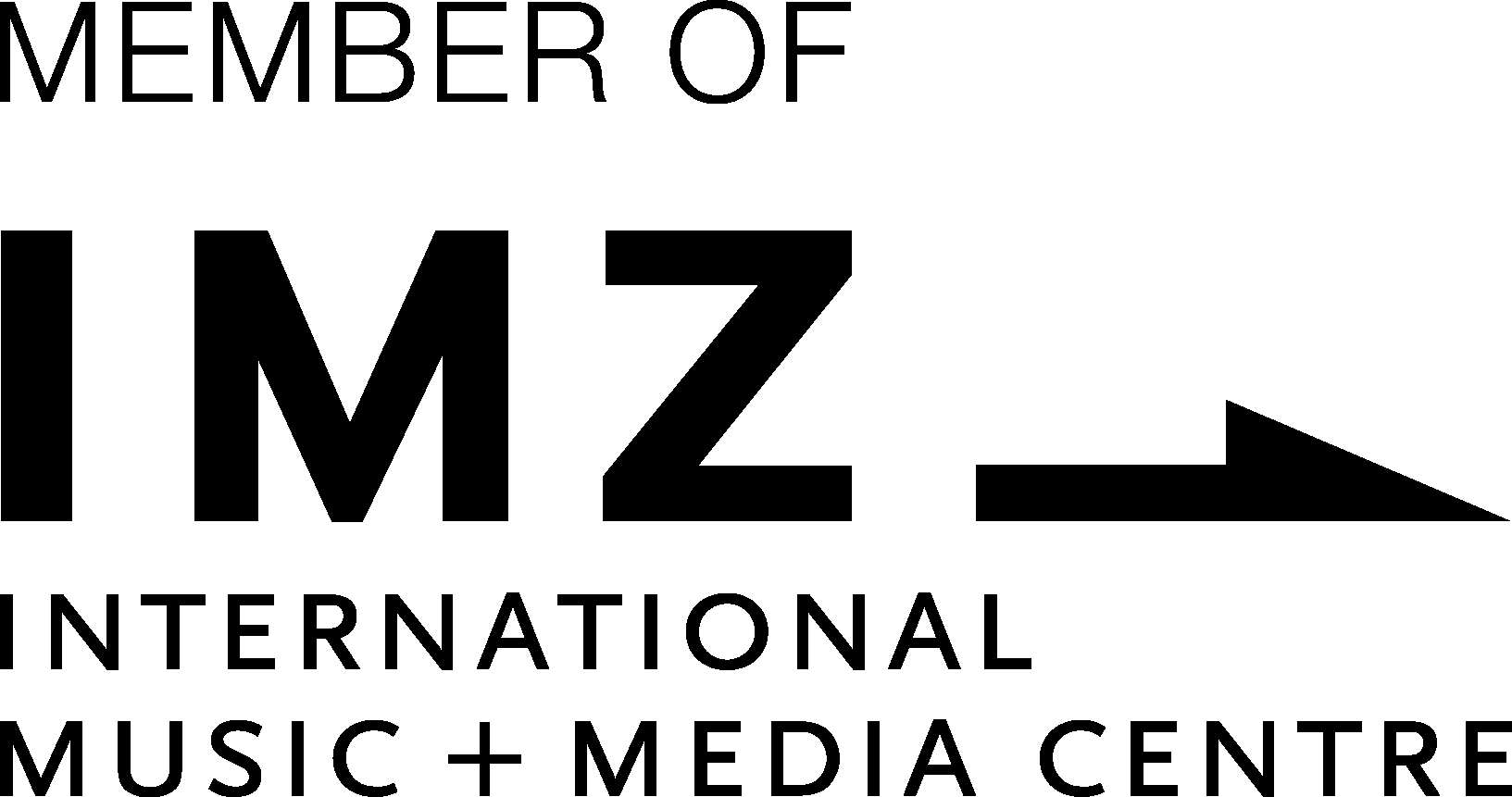When I was a professional singer in New York City I had always dreamed that the perfect place to have small impromptu concerts was in an art gallery. I thought: why not have beautiful things to see on the walls, while you hear beautiful music? I also thought: wouldn’t this increase interest in the art just as much as give musicians more places to perform? A win-win.
My dream came true when I found a gallery in Soho to rent for an evening. The art on the walls was by a French painter, so I and my musical colleague, a harpsichordist, rented 18th century costumes and wigs, and we wheeled in his harpsichord and candelabra to put on top. Et voilá, we performed French baroque music for a lovely audience that was delighted to have such a thing in the middle of downtown Manhattan’s art district.
Et voilá, the concept has come to Budapest! Várfok Galéria’s exhibit of 22 wildly colorful acrylic paintings in “Oxygen” by the well-known artist János Szirtes, featured a chamber concert that accompanied the art — in an unusual way.

Várfok’s director, Krisztina Kovács, explains how it happened: “In these past years we made several music related projects at the Gallery and [composer] Máté Bella and I had already planned to do a completely contemporary music and visual art project one day, because he knew about me – that I believe terribly in the meeting of the arts.” Bella and his group, Studio5, a consortium of five composers, applied for support from the National Cultural Fund, and Kovács conferred with Szirtes, who had worked in similar projects in the past with composer Tibor Szemző. To prepare, Szirtes “gave the composers a very serious insight into his art … It was important that they could feel and understand his [work], to create something organic.” So, the project “Soundscape” with five excellent musicians, was launched at Várfok Gallery on 30 April.

To accompany Szirtes’ “Sunshine,” Bella wrote “Monochronic” for solo bass clarinet, which was brilliantly performed by Péter Szűcs. He treated the score as if he were freely improvising – daubing the canvas with yellow, red, and white streaks – with a long series of fast staccatos that matched the painting’s densely detailed background texture. Larger muscular musical gestures suggested the fierce energy that painted the two huge black rods that dominate the center of the canvas. Bella’s virtuoso solo piece, which also used tongue effects and screeches, is high-octane and gorgeously matched the vividness of Szirtes’ painting.

Bence Kutrik chose the painting “Bright Future” and wrote “Crepusculum” for solo guitar, which was deftly performed by András Csáki. The score tells a short tale of the loneliness of a single tree embattled by storms and watching the world disintegrate around it. The piece is well-crafted for the instrument, using chopping, dissonant chord clusters amidst waves of strumming, balanced against minimalistic, forlorn minor mode moments that capture the tree’s isolation and frustration in its chaotic environment.

“Bud Burst” was the painting that inspired Roland Szentpáli to write “The Breeze of Spring” for solo soprano saxophone. Skillfully performed by Bence Szepesi, the score imitated the wind as it first slowly passed through the mouthpiece of the instrument, then developed into a stronger, singing breeze that couched a well-known children’s song. The mood is made bright and shiny with key slaps, overtones, and bubbling effects that suggest the green shoots are enjoying their new life in the soil surrounded by the warm zephyrs of spring.

Eszter Agárdi was the impressive cellist performing Gábor András Virágh’s “Parallels,” inspired by Szirtes’ “Small Buddha.” The painting’s two bright red and black boomerang-shaped figures in the center practically bounce off the canvas with athletic energy, which Virágh exploited in a vigorous etude full of balletic arabesques and giant leaps. Agárdi’s potent execution of the musical equivalent of all that, plus arduous arpeggios and trills to thrill the viewer/listener, was dispatched with free and spontaneous showmanship. The painting itself is quite the nexus of neurons, bursting with visual nuclear power.

For his “In the Valley,” composer D. Balázs Kecskés constructed a mini-song cycle for soprano and cello, performed by Viola Thurnay and Agárdi. To create the atmosphere in Szirtes’ “Time Stops,” Kecskés created an alternative way of writing vocal music. The use of many mono-syllabic words (in poems by János Lackfi) has the singer organically employing staccatos, chromatic slides, and single vowels experimenting with intervals throughout. As a contrast, the cello’s role is the more lyrical one, possibly inhabiting the luminescent blue tube that winds around, unbroken, in the painting.
The four mini-songs (titled “To hurt,” “Hardship,” “The past,” and “In the Valley”) are little gems of pointillistic sounds and quick clauses. Kecskés’ spare musical vocabulary here, much like Carl Orff’s style, is stunning in its ability to use silence as an energy element and carefully chosen vocalisms to convey deep drama. The haunting quality throughout this unusual vocalise was a lovely bonus from Turnay’s distinctive tonal allure.
I hope the Várfok Galéria will be able to make this blessed marriage of art and music a regular event. A harpsichord concert would sound wonderful in the gallery’s acoustically vibrant showroom:)
The exhibition “Oxygen” is open through May 28, 2022, and can be visited free of charge at the Várfok Gallery from Tuesday to Saturday from 11 a.m. to 6 p.m. 1012 Budapest, Várfok u. 11; +36305622772











